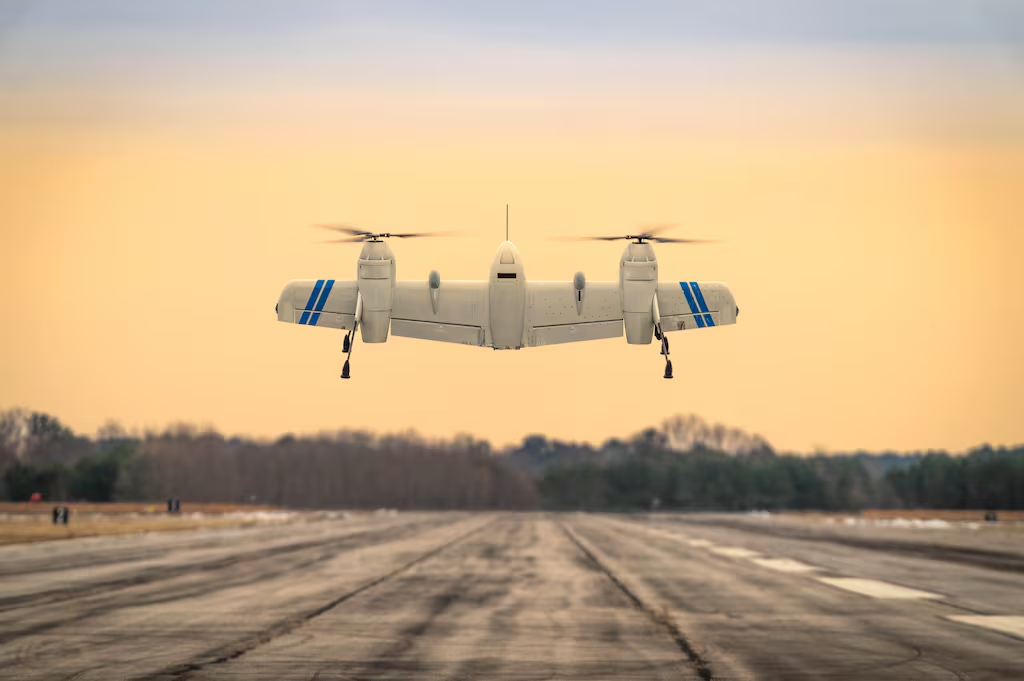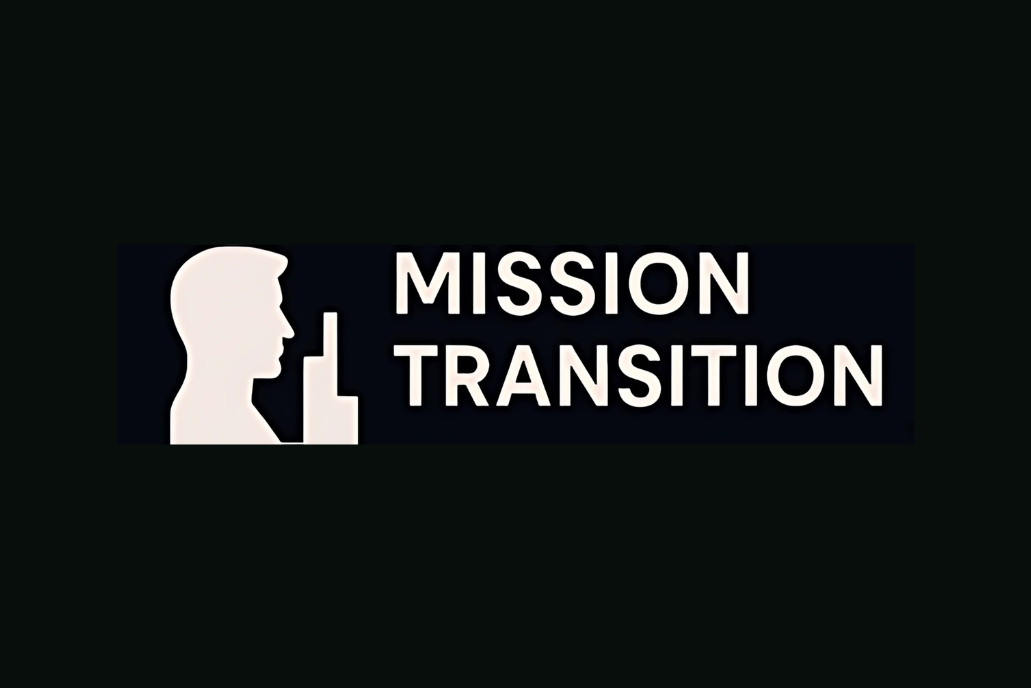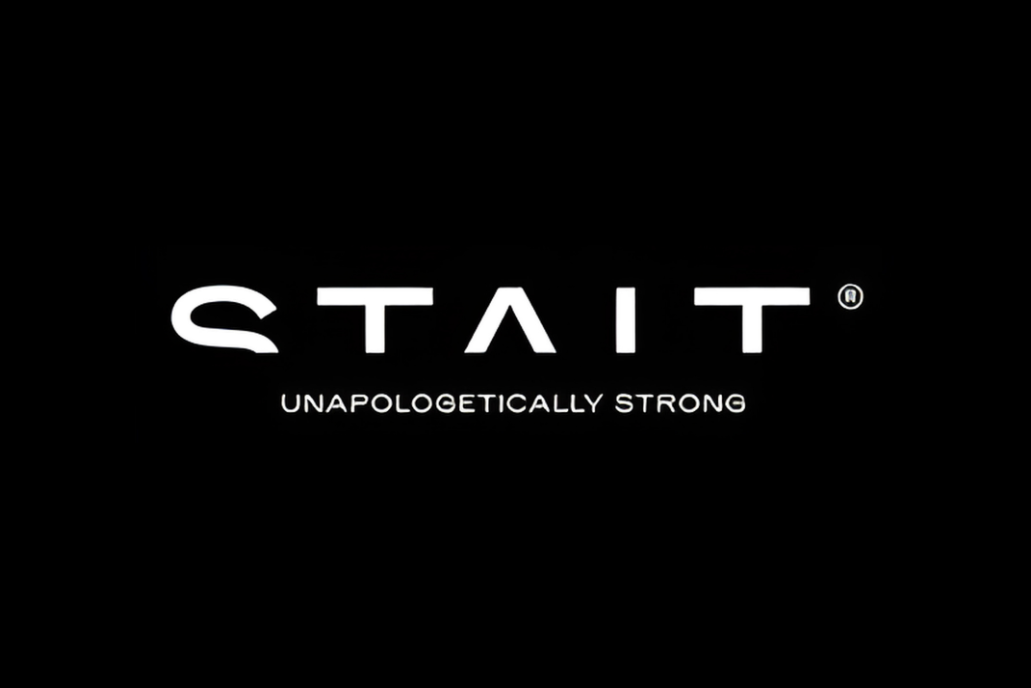Lockheed Martin’s Sikorsky division has successfully demonstrated a groundbreaking unmanned aircraft system (UAS) featuring a “rotor blown wing” design, which can fly both like a helicopter and an aeroplane. The results of extensive flight tests earlier this year confirm the drone’s potential and versatility.
The 115-pound, battery-powered drone, equipped with twin prop-rotors, is the first of its kind to offer such a hybrid capability. Sikorsky has revealed that it is exploring the possibility of scaling up the design to create larger versions powered by hybrid-electric propulsion systems.
According to Sikorsky’s vice president, Rich Benton, the aircraft is specifically designed to fly faster and farther than conventional helicopters. The drone has already reached a top cruise speed of 86 knots, far surpassing the performance of traditional rotary-wing aircraft.
“The rotor blown wing has demonstrated the control power and unique handling qualities necessary to transition repeatedly and predictably from hover mode to high-speed cruise flight, and back again,” explained Igor Cherepinsky, Director of Sikorsky Innovations. “New control laws were required to make this transition smooth and efficient, and we are confident that larger versions of this system can operate from pitching ships or unprepared ground.”
The potential applications for this innovative aircraft are wide-ranging. Sikorsky envisions the drone being used for missions such as search and rescue, firefighting monitoring, humanitarian response, and pipeline surveillance. In the future, larger versions could be employed in long-range intelligence, surveillance, and reconnaissance (ISR) missions, as well as for manned-unmanned teaming operations.
The development of the rotor blown wing drone was a year-long effort involving Sikorsky’s rapid prototyping group, Sikorsky Innovations. The company has completed over 40 successful take-offs and landings with the 10.3-foot composite wingspan aircraft, including 30 transitions between helicopter and aeroplane flight modes.
Sikorsky plans to incorporate its MATRIX flight autonomy system into all future variants of the drone. This system aims to further enhance the aircraft’s capabilities, including autonomous flight and mission management.
In parallel, Sikorsky is also working on a larger hybrid-electric tilt-wing aircraft called HEX. This 1.2-megawatt demonstrator, slated for a 2027 hover capability demonstration, will be capable of carrying passengers or cargo on longer-haul flights.
The successful testing of the rotor blown wing technology comes on the heels of the UK Ministry of Defence’s cancellation of its Future Attack Reconnaissance Aircraft (FARA) programme, for which Sikorsky had been competing with its Raider X design. Despite this setback, Sikorsky remains confident in its coaxial rotor technology, which it continues to pitch for other projects, including NATO’s Next-Generation Rotorcraft Capability.
Sikorsky’s advances in drone technology and rotorcraft design mark another milestone for the company, reinforcing its position as a leader in the aerospace industry.


















